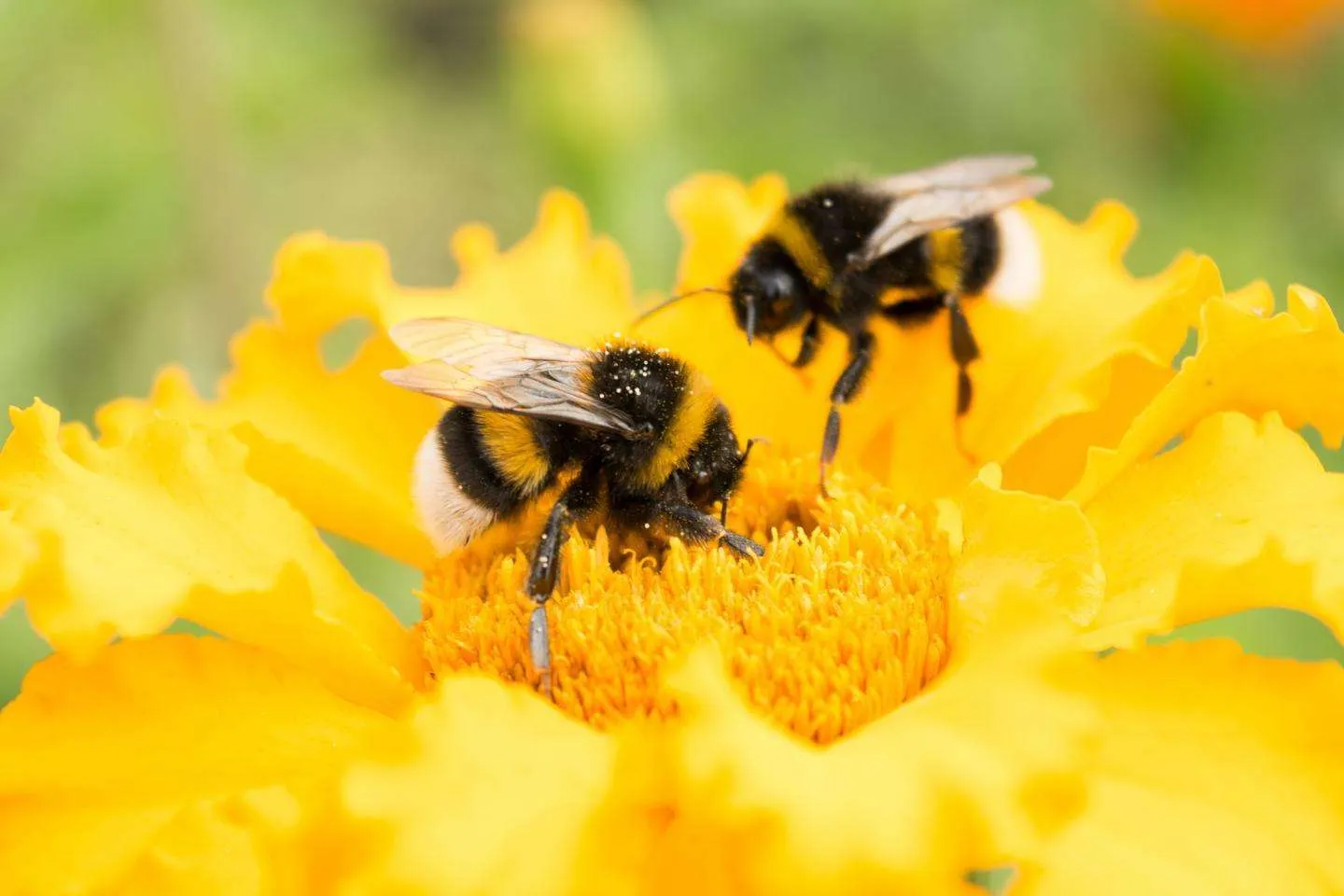Create a Buzz: Best Plants for a Bee-Friendly Garden

Imagine stepping into a garden where the air is filled with the gentle hum of bees, and the scent of flowers is as intoxicating as a sweet perfume. This is not just a dream; it's a reality you can create with the right plants. Bees are essential pollinators, and their presence can transform your garden into a thriving ecosystem. So, let's dive in and explore the best plants for a bee-friendly garden.
Why Create a Bee-Friendly Garden?
Bees are the unsung heroes of our ecosystem. They pollinate over 80% of flowering plants and are responsible for one in every three bites of food we eat. By creating a bee-friendly garden, you're not just beautifying your space; you're contributing to the health of our planet.
The Best Plants for a Bee-Friendly Garden
Nectar-Rich Flowers: The Bees' Buffet
When it comes to attracting bees, nectar-rich flowers are your best bet. These flowers provide the essential sugars that bees need to survive. Some of the best nectar-rich flowers include:
- Lavender (Lavandula): Known for its fragrant purple blooms, lavender is a bee magnet. Its long-lasting flowers provide a steady source of nectar throughout the summer.
- Coneflowers (Echinacea): These daisy-like flowers are not only beautiful but also highly attractive to bees. They come in a variety of colors and are easy to grow.
- Sunflowers (Helianthus): With their large, bright flowers, sunflowers are a beacon for bees. They produce an abundance of nectar and pollen, making them a favorite among pollinators.
Pollinator Plants: The Bees' Favorite Hangouts
Pollinator plants are those that bees visit frequently to collect pollen. These plants are crucial for bee habitat and can significantly enhance your garden's biodiversity. Some top pollinator plants include:
- Asters (Asteraceae): These late-blooming flowers are a lifeline for bees in the fall. They come in a range of colors and sizes, making them a versatile addition to any garden.
- Black-Eyed Susan (Rudbeckia hirta): With its striking yellow petals and dark center, the Black-Eyed Susan is a favorite among bees. It's also a hardy plant that can thrive in various conditions.
- Goldenrod (Solidago): Often mistaken for a weed, goldenrod is actually a valuable pollinator plant. Its bright yellow flowers attract a wide variety of bees and other pollinators.
Bee-Friendly Landscaping: Designing for Pollinators
Creating a bee-friendly garden isn't just about the plants you choose; it's also about how you design your space. Here are some tips for bee-friendly landscaping:
- Diversify Your Plantings: Bees thrive in diverse environments. Plant a variety of flowers that bloom at different times of the year to provide a continuous source of food.
- Create Habitat: Bees need places to nest and rest. Incorporate elements like bee hotels, hollow stems, and bare patches of soil to provide habitat for different types of bees.
- Avoid Pesticides: Pesticides can be harmful to bees. Opt for natural pest control methods to keep your garden bee-friendly.
Attracting Bees: Tips and Tricks
Attracting bees to your garden is about more than just planting the right flowers. Here are some additional tips to help you create a buzz:
- Provide Water: Bees need water to survive. A shallow dish or birdbath filled with water and pebbles can provide a safe drinking spot for bees.
- Plant in Clusters: Bees are more likely to visit gardens with large clusters of flowers. Group your plants together to make them more attractive to pollinators.
- Choose Native Plants: Native plants are adapted to your local environment and are often the best choice for attracting native bees.
Conclusion: Embrace the Buzz
Creating a bee-friendly garden is a rewarding experience that benefits both you and the environment. By choosing the best plants for a bee-friendly garden and following some simple tips, you can transform your outdoor space into a thriving ecosystem. So, why not embrace the buzz and make a difference in your own backyard?
FAQs
-
What are the benefits of a bee-friendly garden? A bee-friendly garden not only supports local pollinators but also enhances biodiversity, improves soil health, and can even increase your garden's productivity.
-
How can I attract more bees to my garden? To attract more bees, plant a variety of nectar-rich flowers, provide water, and create habitat for bees. Avoiding pesticides and planting in clusters can also help.
-
What are some of the best flowers for bees? Some of the best flowers for bees include lavender, coneflowers, sunflowers, asters, Black-Eyed Susan, and goldenrod.
-
Why are native plants important for bees? Native plants are adapted to local conditions and often provide the best sources of nectar and pollen for native bees. They also support local ecosystems and biodiversity.
-
How can I provide habitat for bees in my garden? You can provide habitat for bees by incorporating elements like bee hotels, hollow stems, and bare patches of soil. Leaving some areas of your garden wild and undisturbed can also help.


0 Response to "Create a Buzz: Best Plants for a Bee-Friendly Garden"
Post a Comment